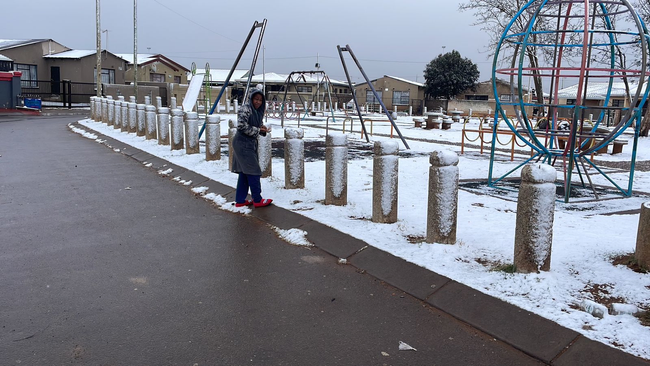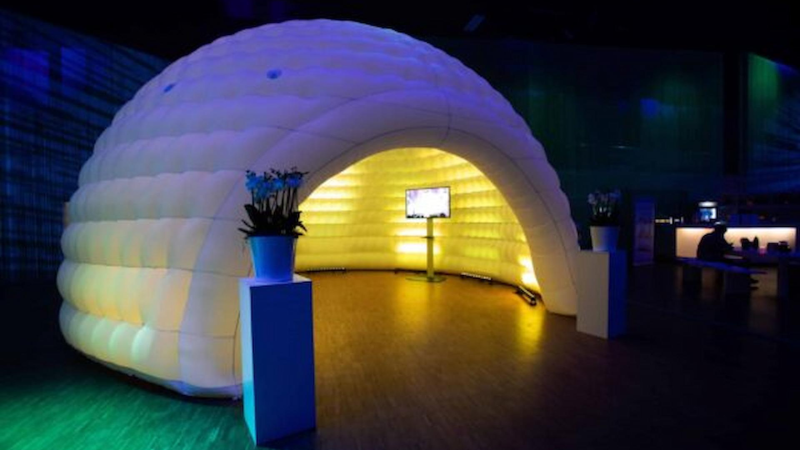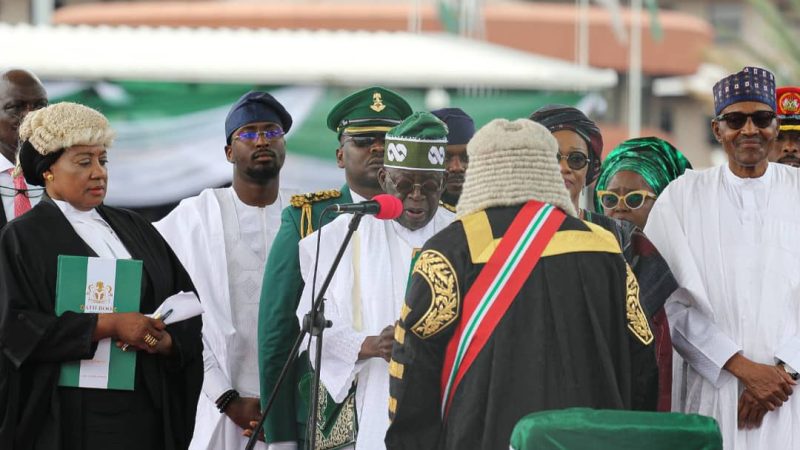“Snowfall in Africa: A Rare and Enchanting Phenomenon”

Africa, often associated with its warm and sunny climate, may not be the first continent that comes to mind when thinking about snowfall. However, contrary to popular belief, snow does indeed grace certain regions of Africa, turning the landscape into a magical winter wonderland. This rare and enchanting phenomenon captivates both locals and visitors, offering a unique perspective on the diverse and surprising nature of the continent.
Table of Contents
ToggleThe Mountains of Africa:
While vast stretches of Africa are characterized by tropical climates and arid landscapes, the continent is home to several mountain ranges where snowfall is a regular occurrence. One of the most notable is the Rwenzori Mountains, also known as the “Mountains of the Moon,” located on the border between Uganda and the Democratic Republic of the Congo. These majestic peaks, with their heights reaching over 5,000 meters, are often covered in snow, providing a stark contrast to the surrounding lush greenery.
In North Africa, the Atlas Mountains, extending across Morocco, Algeria, and Tunisia, are another region where snowfall is not uncommon during the winter months. The snow-covered peaks of the High Atlas create a breathtaking panorama that attracts both adventure seekers and nature enthusiasts.
South Africa’s Winter Wonderland:
Moving to the southern part of the continent, South Africa experiences winter from June to August, bringing colder temperatures to some regions. The Drakensberg Mountains, stretching along the eastern border of the country, receive occasional snowfall during these winter months. The sight of snow-capped peaks against the African sky is a spectacle that captures the imagination, offering a unique blend of the exotic and the familiar.
Lesotho, a landlocked country entirely surrounded by South Africa, is known for its high-altitude terrain. The Maloti Mountains in Lesotho often receive snowfall, transforming the landscape into a serene and picturesque winter scene. The contrast between the snow-covered peaks and the vibrant African culture makes for a truly unforgettable experience.
The Kingdom of Snow: Morocco’s Ifrane:
In the heart of Morocco lies a town that defies the conventional image of Africa – Ifrane. Nicknamed the “Switzerland of Morocco,” Ifrane experiences cold winters, and its higher elevation allows for occasional snowfall. The town’s architecture, characterized by European-style chalets, adds to the surreal atmosphere, creating a charming blend of African and Alpine influences. Ifrane stands as a testament to the diverse climates and landscapes found within the African continent.
Snow in the Sahara:
One of the most astonishing occurrences happened in 1979 when snowfall blanketed the Sahara Desert, one of the hottest and driest places on Earth. This rare event transformed the iconic orange dunes into a surreal landscape of white. While such an event is extremely rare, it serves as a reminder of the unpredictable and diverse nature of Africa’s climate.
Cultural Perspectives on Snow:
For many African communities, especially those living in regions where snow is a regular visitor, the phenomenon holds cultural significance. In Lesotho, for example, snow is an integral part of life during the winter months, influencing traditional practices and celebrations. The presence of snow becomes not only a climatic event but also a cultural marker that shapes the daily lives and rituals of the people.
Environmental Impacts:
While the sight of snow in Africa may evoke awe and wonder, it also raises questions about the broader environmental context. The impact of climate change is affecting weather patterns globally, and Africa is no exception. Changes in precipitation, temperature, and overall climate may influence the frequency and intensity of snowfall in various regions. Studying these patterns becomes crucial for understanding the broader implications of climate change on the continent.
Conclusion:
In conclusion, the notion of snowfall in Africa challenges preconceived ideas about the continent’s climate and geography. From the towering peaks of the Rwenzori Mountains to the unexpected snow-covered dunes of the Sahara, Africa’s diverse landscapes offer glimpses of a winter wonderland that coexists with its more familiar sun-drenched scenes. Exploring the regions where snowfall is a reality provides a unique perspective on the multifaceted nature of Africa, where surprises and enchantment await those willing to venture beyond the stereotypical narratives.
-
Does it snow in Africa?
Yes, contrary to popular belief, some regions in Africa experience snowfall. While many equate Africa with warm and sunny weather, certain mountainous areas, particularly in the northern and southern regions, receive snow during the winter months.
-
Which African countries receive snowfall?
Countries with elevated terrain are more likely to experience snowfall. Some examples include Morocco, South Africa, Lesotho, Uganda, and the Democratic Republic of the Congo. The Atlas and Drakensberg mountain ranges, as well as the Rwenzori Mountains, are known for their occasional snowfall.
-
What is the significance of snow in Lesotho?
In Lesotho, a landlocked country entirely surrounded by South Africa, snow holds cultural significance. The winter season, accompanied by snowfall, influences traditional practices and celebrations, making it an integral part of the local way of life.
-
Are there any specific months when it snows in Africa?
Snowfall in Africa typically occurs during the winter months, which vary depending on the hemisphere. In North Africa, snow is more likely from November to March, while in South Africa, Lesotho, and other southern regions, it occurs during the months of June to August.
-
Has the Sahara Desert ever experienced snowfall?
Yes, there have been rare instances of snowfall in the Sahara Desert. One notable occurrence was in 1979 when snow covered the iconic dunes. While such events are extremely infrequent, they highlight the unpredictability and diversity of climate patterns in Africa.
-
What is the town of Ifrane in Morocco known for?
Ifrane, often referred to as the “Switzerland of Morocco,” is known for its cold winters and occasional snowfall. The town’s architecture, resembling European-style chalets, adds to its unique charm, creating a blend of African and Alpine influences.
-
How does snowfall in Africa impact local communities?
In regions where snow is a regular occurrence, such as Lesotho, it becomes an integral part of daily life and cultural practices. The presence of snow influences traditional celebrations, outdoor activities, and even agricultural practices, shaping the way communities interact with their environment.
-
Is snowfall in Africa affected by climate change?
The impact of climate change is a global concern, and Africa is not exempt. Changes in climate patterns may influence the frequency and intensity of snowfall in different regions. Studying these patterns becomes crucial for understanding the broader implications of climate change on the continent.
-
Are there any efforts to document and study snowfall in Africa?
Yes, researchers and meteorologists are increasingly focusing on studying snowfall patterns in Africa. The aim is to better understand the climate dynamics, predict weather changes, and assess the potential impact of climate change on snowfall in different regions of the continent.
-
Can tourists experience snow activities in Africa?
Yes, especially in regions like Lesotho and South Africa, where snowfall is more consistent during the winter months. Tourists can engage in activities such as skiing, snowboarding, and enjoying the picturesque landscapes created by the unique combination of snow and African scenery.






